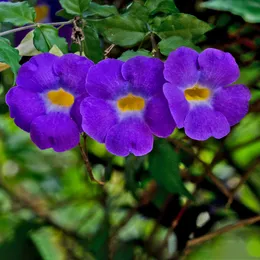Search Plants
Try for Free
English


Top 20 Most Common Plants in Ba
In Ba, you can find Flame of the woods, Mexican fireplant, Bush clockvine, Guava, Royal poinciana, and more! There are 20 types of plants in total. Be sure to look out for these common plants when you’re walking on the streets, in parks, or public gardens.

























More Plants in Ba

Most Common Flowers

Most Common Trees

Most Common Flowers of Winter